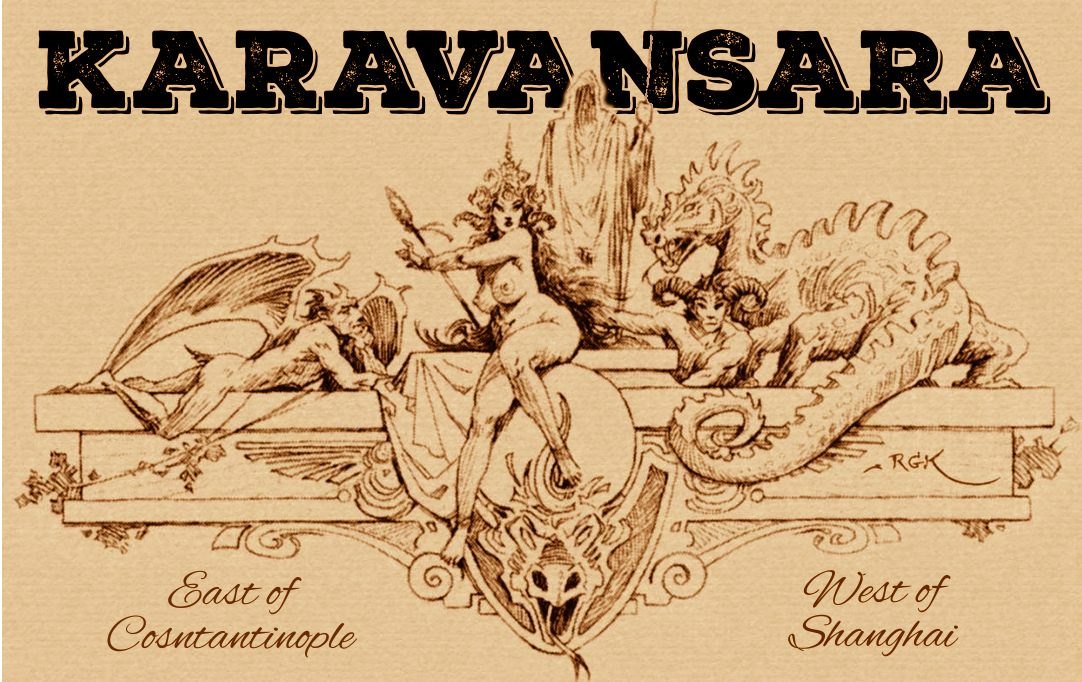One thing I learned from Ian Fleming is branding my characters.
Which sounds kinky – and quite fitting, given certain tastes exhibited by Fleming in his time – but what I mean is simply calling stuff by their brand name, as a shorthand to convey certain details to the reader.
Bond shaves with a Gilette razor, lights his cigarettes with a Ronson lighter.
Before it became the product placement we see in movies, it was a writing trick to give substance and weight, and definition to what were otherwise cursory descriptions.
This works quite nicely with weapons – “he drew a gun” is different from “he drew a Remington .44” at least to some of the readers. And maybe those readers will be happy, and that’s a good thing.
I am finishing the first Pandora story – that will be called Guillotine Wind, by the way – and the branding issue came up again.
Cigarettes, in particular.
Turns out that during at least the early phases of the Russian Civil War, the Great Powers were quite happy to supply the White forces with anything they may need – money, weapons and ammo, uniforms, medical supplies and, of course, cigarettes.
And cigarettes came from Japan.
So, what is Pandora smoking?

The brand of choice – and enthusiastic supporter of the White forces – was called Golden Bat, currently I believe the oldest brand of cigarettes still marketed in Japan.
The brand was born in 1905 as an export-only product, aimed at China – bats being considered lucky according to Chinese folklore.
The Bats were easily recognizable for their green package and golden bat seal, and were the brand of choice of literary giants like Ryūnosuke Akutagawa, Osamu Dazai and Chūya Nakahara.
But there’s a dark side to the success of Golden Bat cigarettes in Asia.
In the 1930s, as the Japanese were busy expanding in Asia and the Pacific, a special brand of Golden Bat cigarettes was produced. They were called Golden Bat Exports and were sold exclusively in China.
Indeed, sale of Exports in Japan was prohibited, and punishable with incarceration.
The reason – the Export Bats featured a hefty dose of opium or, later, heroin, in order to get the smokers hooked for good.
Long before Gomez Addams said “let’s develop a product that costs ten cents and is addictive”, general Kenjy Doihara of the Japanese Secret Service (we’ll have to talk about him, because he’s a perfect real life pulp villain) had the same idea, and the producers of Golden Bat were quite happy to comply.
The Japanese secret service not only developed the plan, but actually managed marketing and distribution of Export Bats in China between the early ’30s and 1945.
Doihara was later tried and executed for war crimes – of which getting millions of smokers hooked on heroin was not the worst – but the tobacco companies who profited an estimate 300 million dollars per year thanks to the Export Bats got off the hook free.

Ironically enough, between 1940 and 1949, Golden Bat cigarettes were marketed in Japan under another name – Kinshi, meaning kite – because the English name was considered hostile and unpatriotic.
Later still, the Golden Bat brand would sponsor a comic book and animation character, called Ogon Bat (that is, the Golden Bat) about an undead avenger from Atlantis fighting the plots of a very Bond-esque villain – and thus we come full circle.
Because it was a good way to get the kids hooked without resorting to hard drugs, I guess.
But just like general Doihara, Ogon Bat will also be the subject of a future post.
